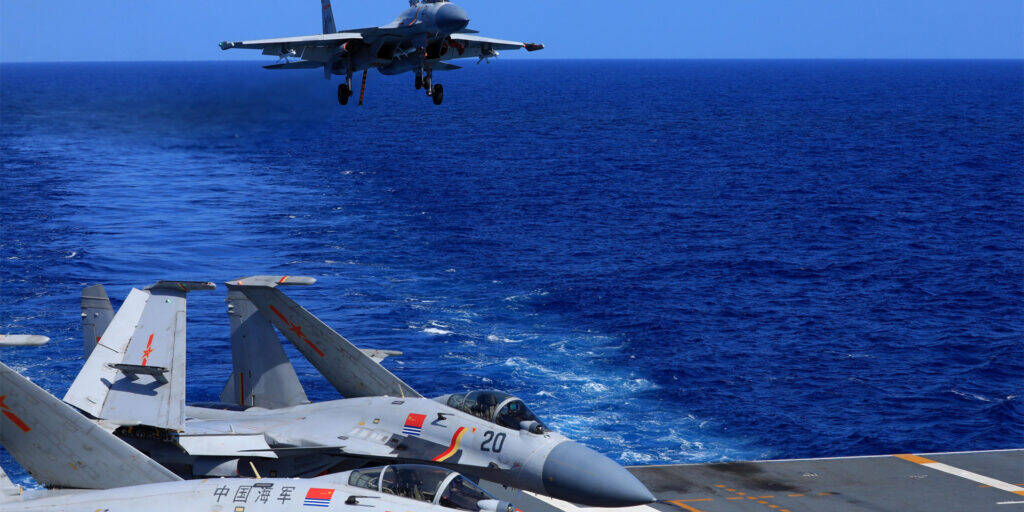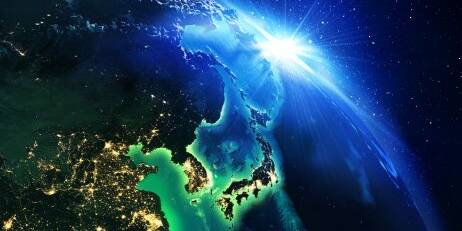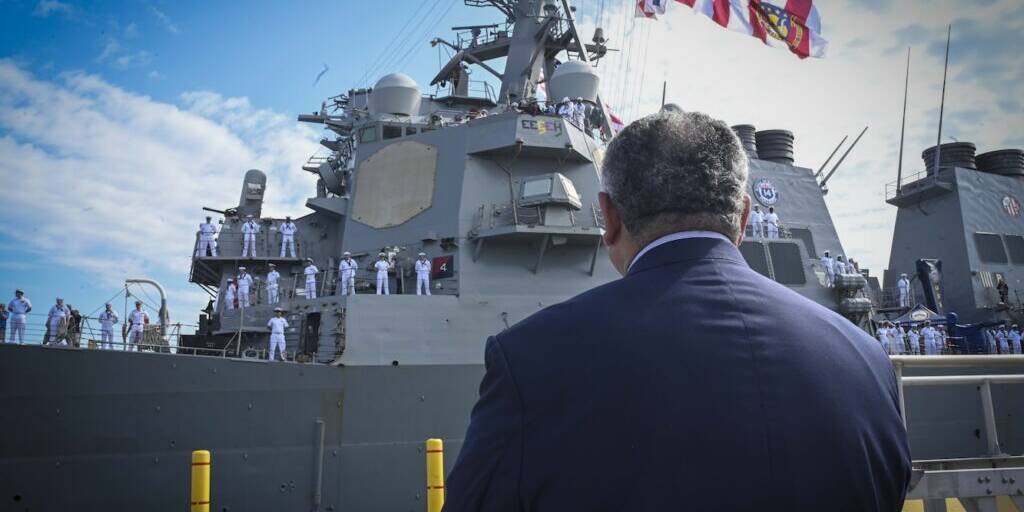Bridi Rice and Melissa Conley Tyler for The Strategist
The White House released the Indo-Pacific strategy of the United States on 11 February to coincide with Secretary of State Antony Blinken’s visit to Fiji. Commentary has focused on its mentions of Chinese aggression, so it would be easy to miss that this is a new type of security strategy: one that focuses as much on individual and community security as on state security. Australia needs to align with this perspective or it will be out of step with its great and powerful friend.
The Indo-Pacific strategy is clear about the challenges in the region that require an intensifying American focus: ‘The PRC is combining its economic, diplomatic, military, and technological might as it pursues a sphere of influence in the Indo-Pacific.’
But that doesn’t mean that military and hard security responses are the only priorities of the US strategy. Insofar as one can read into the hierarchy of a strategic policy document, security is fourth in line.
The first strategic objective is to ‘advance a free and open Indo-Pacific’ by ‘building resilience’ within countries, including a free press, vibrant civil societies and fiscal transparency to expose corruption. The second is to ‘build connections within and beyond the region’, which focuses on bilateral and multilateral engagement by the US. The third objective is to ‘drive regional prosperity’, which involves setting out economic frameworks that respect the region’s demands for labour and environmental standards, and support digital economic governance, decarbonisation, clean energy investments, infrastructure and secure supply chains. ‘Bolster Indo-Pacific security’ is next in line, followed by ‘build regional resilience to transnational threats’.
Of course, this should not be read as the US somehow deprioritising hard security. The geostrategic headwinds are blowing too strongly for that. But it can be interpreted as prioritising US investments in security interests of people in the Indo-Pacific—the ability for individuals to participate in public life, to feed their families and to enjoy basic labour rights and a sustainable environment—as an avenue for maintaining influence and increasing development-derived regional stability.
Australia needs to get on board with this broad idea of security.
In many ways it suits Australia. Development is the $4.5 billion arm of statecraft that is the primary point of connection many in Southeast Asia and the Pacific have with our country. Australia’s development spending does high-profile things like vaccine delivery and humanitarian response in times of crisis. It also maintains a civilian footprint for Australia throughout the region.
But in other ways, the contrast between the US and Australian approaches to the link between individual security, economic development and national security can be striking.
Whereas the US is out and proud on democracy promotion, anti-corruption and civil society, Australia prefers to work on these issues mainly behind the scenes.
While the US administration has a dedicated position on the National Security Council for development, Australia doesn’t (instead, it’s represented by the minister for foreign affairs, who overseas an expansive portfolio).
While the USAID budget is growing, Australia’s core development assistance budget is hovering at its lowest figure in a decade and its lowest percentage of the federal budget since the 1970s.
While the US foreign-policy community seeks to rally behind, promote and speak publicly about the value of aid, Australian government leaders have historically been camera-shy.
While USAID is looking to build cultural and development expertise into its administration, the 2013 merger of AusAID into the Department of Foreign Affairs has attracted consistent criticism over the loss of expertise in Australia’s development program.
And whereas the US is expanding its focus to issues at the intersection of technology, security and development, Australia’s shifts into these spaces is limited.
The US strategy on the Indo-Pacific means that there’s a new development cooperation dynamic between Australia and the US—and Australia will need to keep up.
In this context, it’s heartening to see some consensus emerging among Australia’s policy communities that we can improve our national security outcomes by bolstering our complementary investments in individual security and economic development. A recent report by the Asia-Pacific Development, Diplomacy & Defence Dialogue drawing on consultation with more than 150 experts sets out pathways for Australia to be an effective security partner by ‘investing in human security and state security as complementary and mutually reinforcing endeavours, not competing paradigms’.
Insecurity at the individual level undermines national stability. Secure individuals who have physical safety, jobs and access to education and opportunities build secure communities. Secure communities build secure states. The transformative power of prioritising human security—not just through the development program, but through all tools of statecraft—will position Australia as a practical partner in the Indo-Pacific. A partner that can help address challenges driven by inequality and instability before they translate into national and regional instability that requires a hard security response.
In principle, this is uncontroversial, especially for a country surrounded by developing countries, with a lot to offer in terms of resource and expertise. In practice, it requires a pragmatic rethink of the comparative advantages offered by trade, development and diplomatic initiatives.
Australia can achieve huge impacts by broadening its view.
It would be a win–win for Australia and the US development portfolios to cooperate more closely, building on a recent memorandum of understanding. Australia has a lot of knowledge and understanding of the Pacific region—an area not traditionally the focus of US development interests. And Australia might take a lesson or two from the US when it comes to clear-headed, long-term development policy.
The US Indo-Pacific strategy and the USAID presence in the Indo-Pacific recognise that catalysing human security is a key strategy for generating the type of Indo-Pacific the US seeks to shape: a region that is ‘open, connected, prosperous, resilient and secure’. That’s where development fits as a foreign policy tool—one that’s more powerful than ever.
Click here to read the full article at The Strategist.
Bridi Rice is CEO of the Development Intelligence Lab. She is founding co-convenor and Melissa Conley Tyler is program lead at the Asia-Pacific Development, Diplomacy & Defence Dialogue (AP4D).


